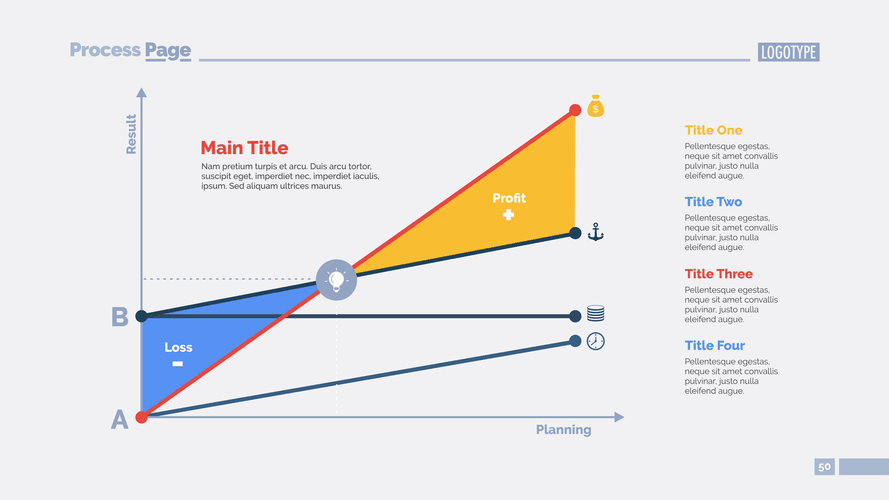
The difference between the two contribution margin format income statement — sales revenue less variable expenses — results in the contribution margin that applies to the remaining expenses in the business. While the traditional contribution margin format income statement uses dollars for its values, a company can prepare one that uses percentages. The different look can help a company create a trend analysis for its financial statements.

What is the difference between a variable-cost income statement and a contribution margin income statement?
Subtract this from QuickBooks ProAdvisor your revenue, and you get a contribution margin of $38,000. You’ve got everything from sweat-resistant leggings to performance t-shirts, each with its own cost structure. A contribution margin income statement helps you understand which of these items are adding value and which might be eating into your profits. This is a decision at scale and of substantial consequences where cost control is directly related to production, which is directly related to entries in income statements, although not stated in contribution statements. As noted, contribution statements serve a different purpose than more traditional income statements. Here is why contribution statements are important (and loved by savvy managers).
Contribution Margin Income Statement vs Traditional Income Statement

For example, raw materials cost increases the more products are manufactured. You don’t want to just be earning money only for it to be eaten away by expenses incurred by the business or worse, if your expenses are exceeding your revenue. Sales revenue is the income received by a company from its sales of goods or the provision of services.
Calculating Contribution Margin with Variable Expenses
- By calculating the contribution margin for each offering, businesses can identify their high-margin winners and low-margin losers.
- These are expenses that remain constant regardless of the level of production or sales.
- In the case of XYZ Widgets Inc., a contribution margin of $300,000 and annual fixed costs of $100,000 would give a total income before tax of $200,000.
- The content on this website is provided “as is;” no representations are made that the content is error-free.
- Whether you’re pricing your new cupcake line or deciding which fitness gear to expand, this tool provides a clear path to sustainable profitability.
- This helps in calculating the “contribution margin,” which is the revenue remaining after variable costs that can contribute to fixed costs and profit.
- Reconcile totals with your traditional income statements to confirm accuracy.
The “total income before tax” line on the contribution format income statement is the difference between the contribution margin and fixed costs. Fixed costs are costs that do not change relative to the amount of production. Rent, utilities, payroll and other administrative expenses not related to sales or production are considered fixed costs. In the case of XYZ Widgets Inc., a contribution margin of $300,000 and annual fixed costs of $100,000 would give a total income before tax of $200,000. Instead, management must maintain a certain minimum level of staffing in the production area, which does not change with lower production volumes. The contribution format income statement reveals the profitability of a product by clearly separating variable costs from revenue.
What Types of Decisions Does the Contribution Margin Format Support?
This breakdown helps in understanding the financial performance of individual products or services. To stress the importance of a segment’s contribution to indirect expenses, many companies prefer the contribution margin income statement format. Notice how the indirect fixed costs are not allocated to individual segments. Indirect fixed expenses appear only in the total column for the computation of net income for the entire company. The computation for each segment stops with the segment’s contribution to indirect expenses; this is the appropriate figure to use for evaluating the earnings performance of a segment.
Common fixed costs assets = liabilities + equity are subtracted from the total divisional segment margin to arrive at net operating income of $25,000. It shows the percentage of sales revenue that ends up as profit after all expenses are paid. This includes every cost, from making the product to the company’s rent and advertising. It’s a critical number because it tells you if the company’s actually making money or if it’s losing money.
Contribution to indirect expenses is defined as sales revenue less all direct expenses of the segment (both variable direct expenses and fixed direct expenses). The final total in the income statement is segmental net income, defined as segmental revenues less all expenses (direct expenses and allocated indirect expenses). Let’s examine how all three approaches convey the same financial performance, although represented somewhat differently. While the conventional income statement has its uses for external reporting functions, it is not as effective when used for internal reporting purposes. Traditional income statements do not differentiate between fixed and variable costs. The cost breakdowns shown in the contribution format income statements enable managers to see where they can control costs, make more-effective plans and reach critical decisions.
A contribution margin income statement for the total company and an example of the company’s segments are presented in Exhibit 5-1. For example, the social media games division consists of two major project lines–role playing games and puzzle games. This format is called the contribution margin format for an income statement because it shows the contribution margin. The second subtotal in the contribution margin format income statement is the segment’s contribution to indirect expenses.

Example of a contribution margin income statement
Instead of grouping expenses into “cost of sales” and “operating and non-operating expenses”, this income statement groups expenses into “variable costs” and “fixed costs”. Breakeven can be computed for the whole organization or for individual segments within the organization. Or, an organization or segment breaks even when its sales revenue covers its total costs–both variable and fixed. The formulas to compute breakeven in sales dollars for the whole organization as well as breakeven in sales dollars for segments within the organization are provided below. Common fixed costs are costs that are common to, or shared by, all organizational segments.